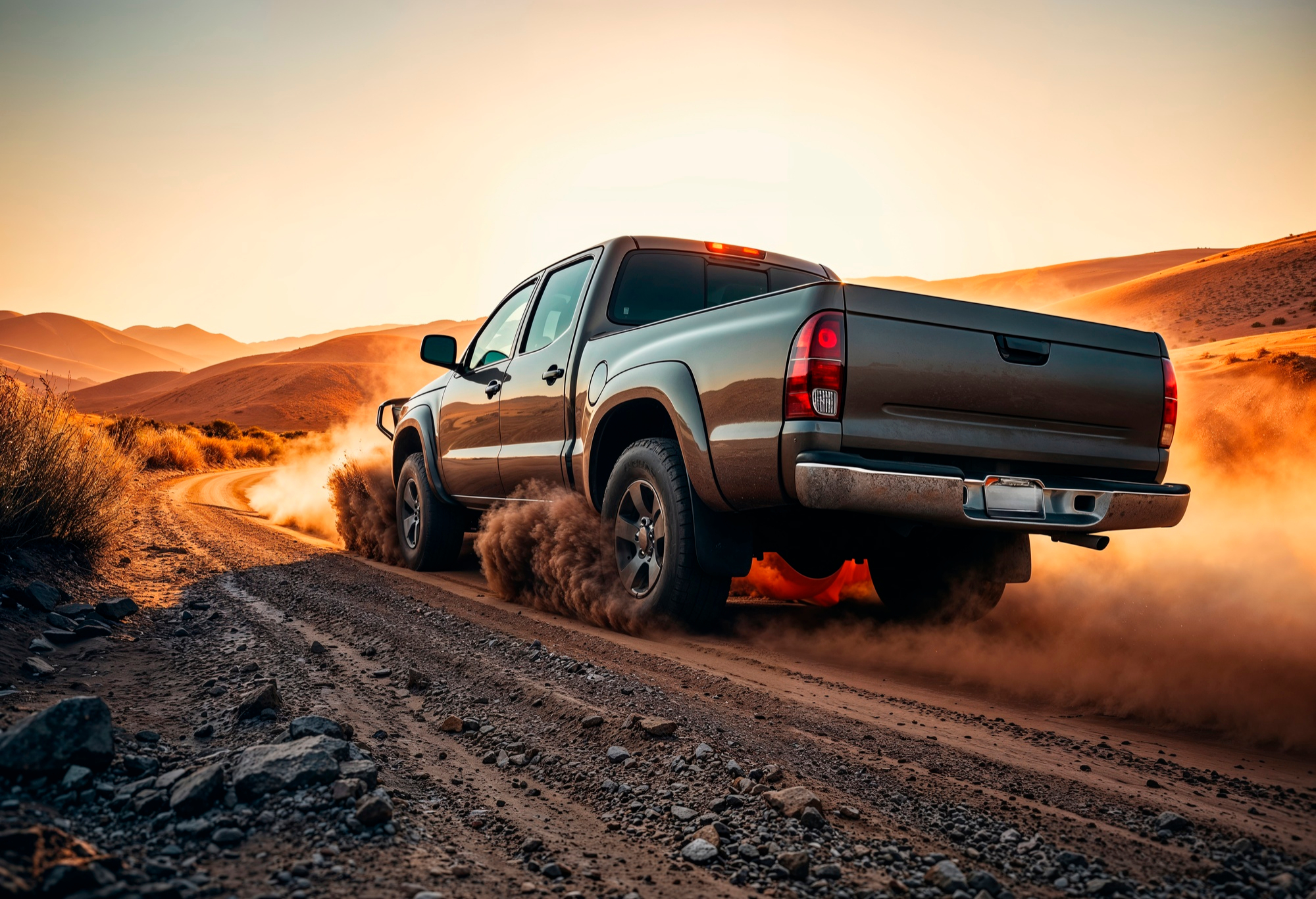
AT vs HT Tyres: Which Ones Truly Suit Kiwi Roads?
If you drive around New Zealand long enough, you’ll hit every sort of road you can imagine—tight city lanes, long sealed roads…
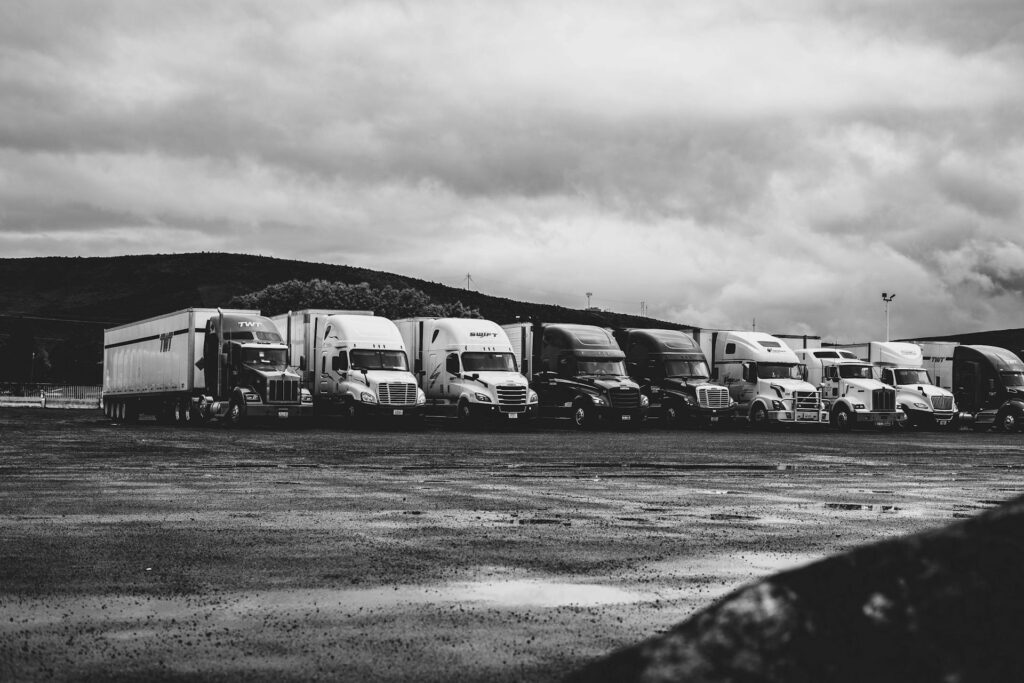
Welcome, NZ drivers, to our comprehensive guide on everything you need to know about truck and bus tyres. Whether you’re navigating the long hauls of New Zealand’s highways or tackling the rugged terrain of gravel roads, understanding the intricacies of your vehicle’s tyres is crucial for safety, efficiency, and performance.
Selecting the appropriate truck or bus tyres is paramount for optimal performance and safety on the road. Consider factors such as the type of terrain you’ll be traversing, the weight of your vehicle and cargo, and the weather conditions prevalent in your region.
When purchasing truck or bus tyres, prioritise quality over cost. Investing in high-quality tyres designed for heavy loads and various road conditions will ultimately save you money in the long run by reducing maintenance costs and improving fuel efficiency. At Tyre Shop Online you can buy the most trusted brands in all sizes to fit your vehicle.
Pay attention to load and speed ratings when selecting tyres. These ratings indicate the maximum load-carrying capacity and speed capabilities of the tyres, ensuring they are suitable for your vehicle’s requirements.
Truck tyres serve different purposes depending on their position on the vehicle. The steer tyres are located on the front axle and are responsible for steering and directional control. Drive tyres, typically found on the rear axle, provide traction and power transmission. Trailer tyres support the weight of trailers and cargo.
These tyres are installed on the front axle and are crucial for steering and maintaining control of the vehicle. Steer tyres should offer excellent traction and responsiveness, especially on wet or slippery roads.
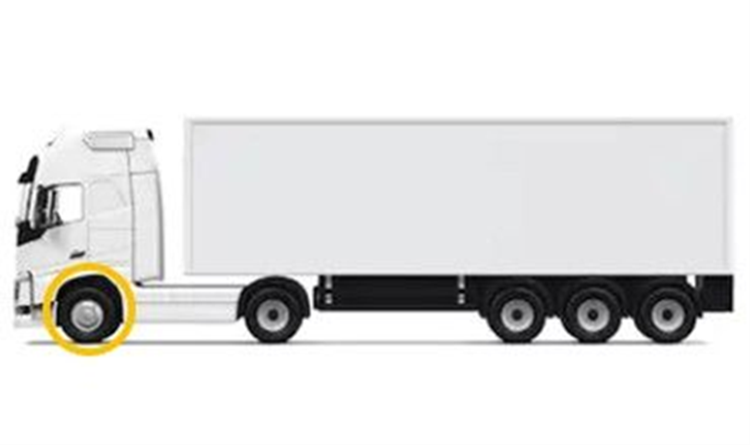
Positioned on the rear axle, drive tyres are responsible for propelling the vehicle forward and providing traction, particularly in challenging terrain or adverse weather conditions. These tyres should be durable and capable of withstanding heavy loads.
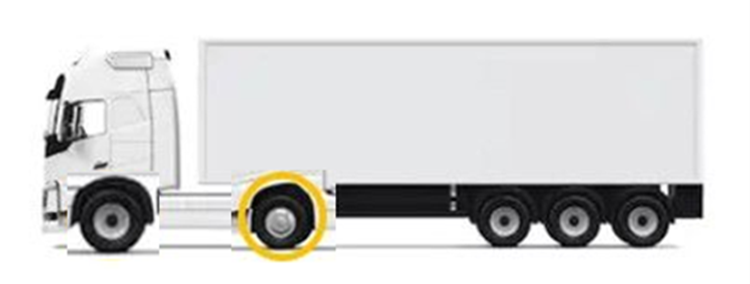
Trailer tyres bear the weight of trailers and cargo and are subjected to significant loads and stress. They should have robust construction and excellent load-bearing capacity to ensure stability and safety during transport.
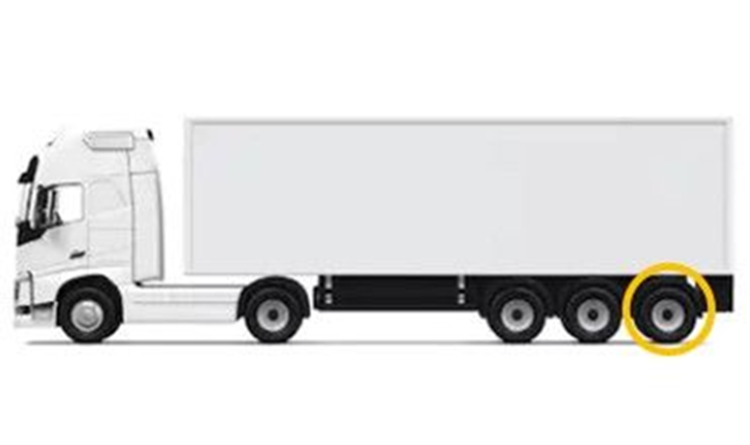
Driving through city streets puts a lot of pressure on tyres, especially for vehicles like buses that brake frequently. To handle this, urban tyres need to handle heat buildup and the risk of scuffing or curbing. Look for tyres with a special feature on the sidewall. When it wears down, it’s a sign it’s time to change the tyre to avoid a blowout.
Some trucks spend most of their time on smooth roads but occasionally venture onto gravel roads or rough surfaces. For these trucks, tyres need to offer good mileage and resilience, with resistance to cuts and chips for when the road gets rough.
For trucks constantly on the move along New Zealand’s highways, long-haul tyres are essential. These tyres are built to last, ensuring the wheels keep turning without trouble. They also help improve fuel efficiency by reducing rolling resistance, keeping costs down for long journeys.
Trucks with diverse routes, like those on construction sites or forestry haulers, need tyres that can handle it all. From sealed roads to rough off-road terrain, these tyres must be durable, resistant to cuts and tears, and able to withstand puncture hazards like debris and stones.
Truck tyres are designed to withstand heavy loads and harsh road conditions, while passenger car tyres prioritise comfort and fuel efficiency.
Check the sidewall of your current tyres for the size specifications, including width, aspect ratio, and rim diameter.
Bus tyre sizes are typically indicated on the sidewall in a series of numbers denoting width, aspect ratio, and rim diameter.
Store tyres in a cool, dry place away from direct sunlight and sources of heat. Avoid stacking tyres or placing heavy objects on them to prevent damage.
Mounting a tyre onto a wheel requires specialised equipment and expertise. It’s best to leave this task to trained professionals at reputable service centres.
Whether you’re travelling long haul, carrying heavy loads, driving on gravel roads, or in the city, our tyres are designed with a more resistant compound to provide reduced rolling resistance and best cost per kilometre when travelling on our New Zealand roads. Road performance is important, and selecting the right tread pattern and tread compound are just some of the factors to consider when choosing a tyre for better fuel efficiency.
Whether you are wanting a budget, mid-range or premium, Tyre Shop Online have the right tyres for your needs!
Happy Motoring!

If you drive around New Zealand long enough, you’ll hit every sort of road you can imagine—tight city lanes, long sealed roads…

When you’re off the beaten track in the backblocks of New Zealand, a flat tyre can turn a great mission into a real hassle…

Ever tried to start your car on a frosty winter morning and wondered why it sounds like it’s still half asleep? You’re not alone…
Ecommerce Website Design & Development by Digital Refinery